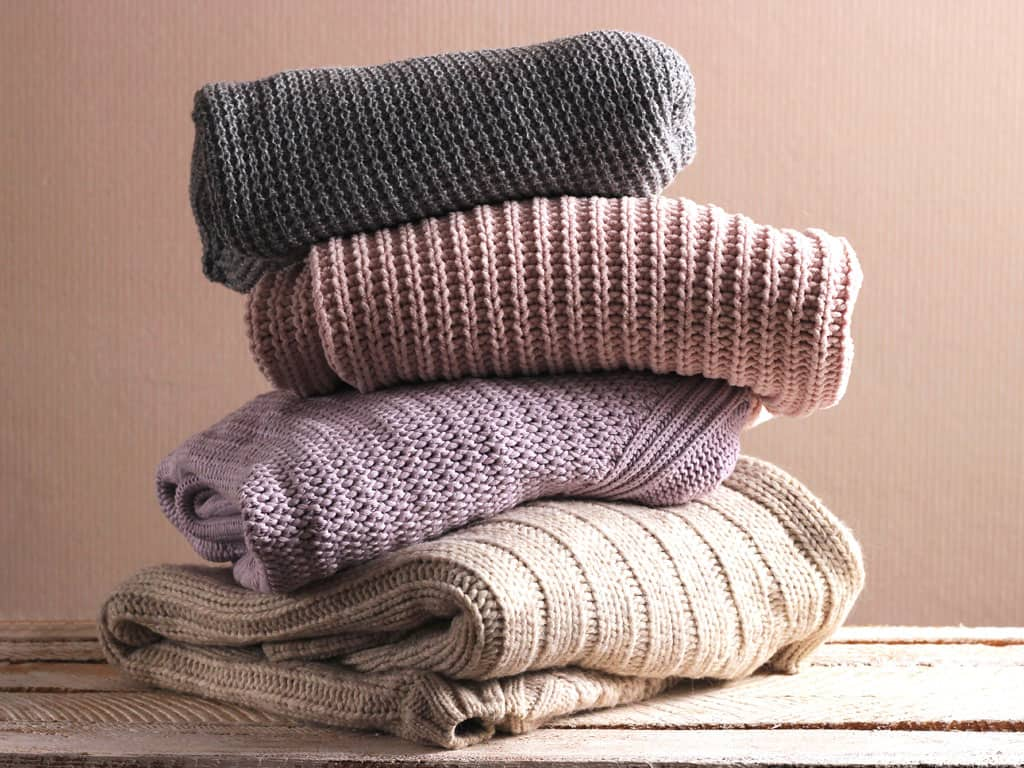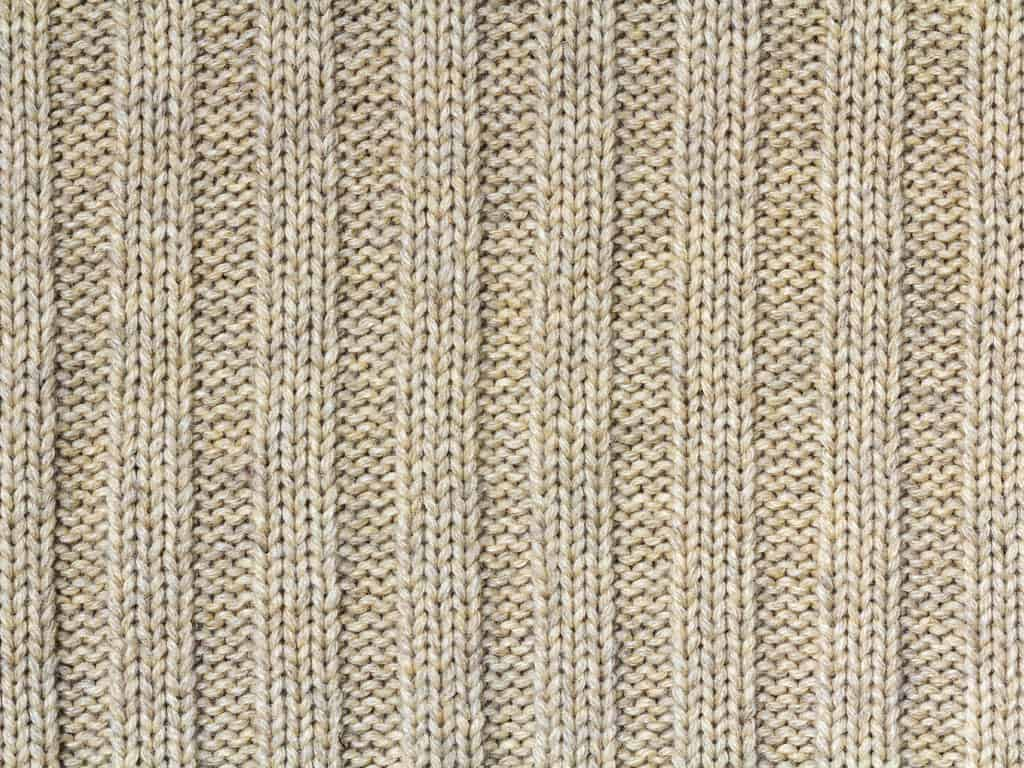Producing Sweaters, Vests, Pull-over, Cardigan from Cut&Sew Fabrics
Nowadays, the fashion market is typified by short trend lifecycles. There is a constant demand for development in branding, personalisation and a unique, bespoke experience, with a greater focus on an individualised approach over something that can be identified as mass-produced by its ubiquity. Customers are becoming far more discerning and the market is stretching in terms of demand and expectation.
Of course, this has its advantages for manufacturers in terms of demand and the attached pricing implications that come with creating a higher quality or range of product. But there are drawbacks too, both in the increased amount of time spent on product design and development, as well as cost and demand associated with a requirement for more fabric.
All this means that buyers are facing considerable seasonal production problems, as demand means that production sites are at capacity between May and January, which is driving up costs. This is particularly true in the knitwear market and the strain is being felt across the market. However, there are alternatives available.
The best of these is certainly cut&sew fabric. These fabrics use larger yarns, which are knitted or crocheted into the base textile. The fabrics are extremely versatile and are used in dresses, vests, pullovers, sweaters and cardigans. They are lower in price while maintaining a high quality, but the main advantage is that they help avoid the massive demand and associated cost in the knitwear market, particularly during peak season.
Typically, there are three different types of material: wool, cotton and acrylic and their blends. These are all widely used in the production of cardigans, pullovers, sweaters, vests, jackets and dresses, but at a much lower cost. Of course, this allows for lower production in terms of minimum order quantities, which in turn can help with a greater volume of orders from more avenues.
The other consideration is production time, which is much lower than knitwear production. Again, the cost is reduced in this regard, and while a lower cost means the ability to produce less, a lower time also means that greater volumes can be produced in the same time. This all adds up to a much greater level of versatility, and therefore a considerable advantage over competitors making conventional, more mainstream knitwear.
Of course, quality must always be taken into consideration when choosing fabrics for clothing products. However, cut&sew fabric is both soft and flexible, meaning that the wearer not only feels great, but the fit is more likely to complement them as there is a decent amount of give in the product.
So, bearing in mind that it’s cheaper, offers more flexibility and is in lower demand, the only real question that remains is: why not give it a try?


